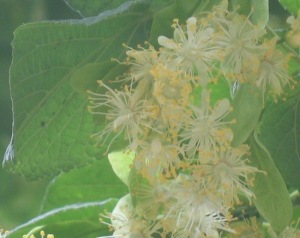Half the food blogging world (and no, I’m not swearing ;-)…….)is talking rhubarb,rhubarb,rhubarb…on punk domestics, they’re calling rhubarb cordial or syrup ‘rhubeena’.
Which must be very frustrating/disengaging for people sans rhubarb ;-(
I want to put up a rhubarb drink thingy too because I live in London and I do have some rhubarb, but seeing as I notice most of my precious followers, (… yes, all 9 of you, what an elite club huh?), don’t live in temperate climes, here are some of my favourite storecupboard things for soft drinks, wherever you come from/are right now.
All these can be made at home with some simple syrup, (but I also want to put a shout out for an old school drink that was all the rage the year before Red Bull came out – It was called a Sea Breeze, and it was a shot of vodka topped up in a high ball glass with part cranberry juice, part pink grapefruit juice – even without the vodka, it’s delicious + it doesn’t get you wired + it doesn’t give you halitosis – is it just me who thinks all those taurine based drinks are completely anti-social? But, I digress………) so, in no particular order:
1 Everybody knows how to make iced tea, but if you happen to have a peach tree in your neighbourhood, a few leaves added when you’re pouring the boiling water on will give a delicate peach flavoured tea, even when the fruit is not in season.
2 Pomegranate molasses or pomegranate sauce, available in Turkish and Middle Eastern shops – I once had a shop bought pomegranate drink from Lebanon, which had rose water in it too, which I really liked, but it’s not to everybody’s taste. Good with still or fizzy water.
3 Tamarind – either the concentrate paste, or hot water mixed with the pulp sold in blocks, then passed through a sieve. I add a bit of chilli sometimes.
4 Dried tangerine peel, commonly available in Chinese shops, boiled with a couple of cloves, strained and cooled.
5 Dried tarragon infused in lemon juice. This actually works really well in vodka to make a liqueur out of bog standard spirit, although http://homedistiller.org/flavor/liqueurs/syrup recommends a sugar syrup of 2 parts sugar to one part water for liqueurs.
6 Calamansi lime soda – these mini fruit are what you get in a lime soda in Malaysia, Thailand and Cambodia (probably other places too) and are usually quite expensive to buy in the UK, but if you happen to have one of those mini orange trees as a house plant – it’s also known as Calamondin, then pick the fruit when they’re still green, just turning orange – really aromatic. By the time the fruit has gone completely orange, they’re all dried out and useless. The leaves can also be substituted for kaffir lime leaves in cooking.
Add as much or as little syrup as you like – I tend to use less rather than more.
There’s a couple of other drinks I love that are dangerously delicious – recipes to follow.

